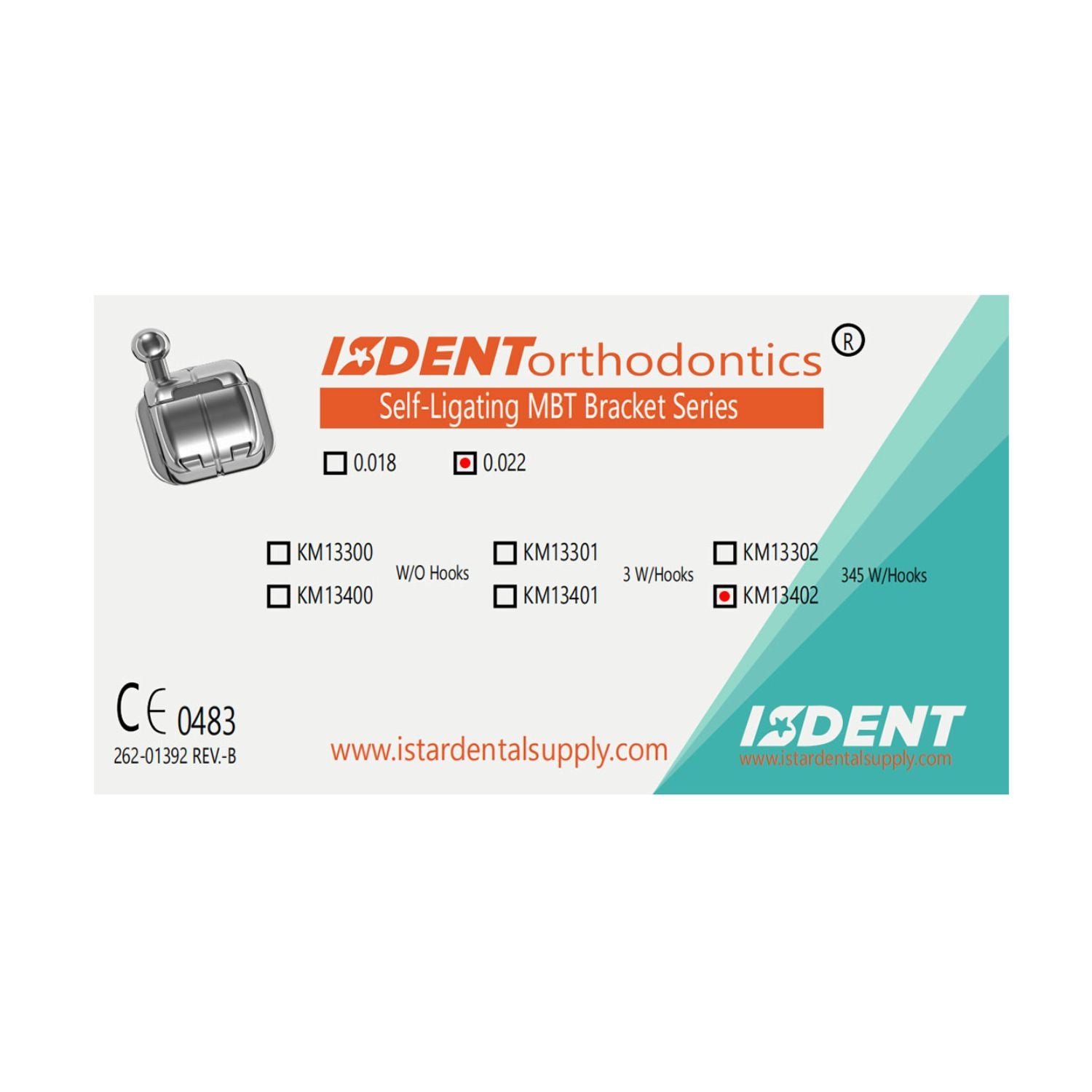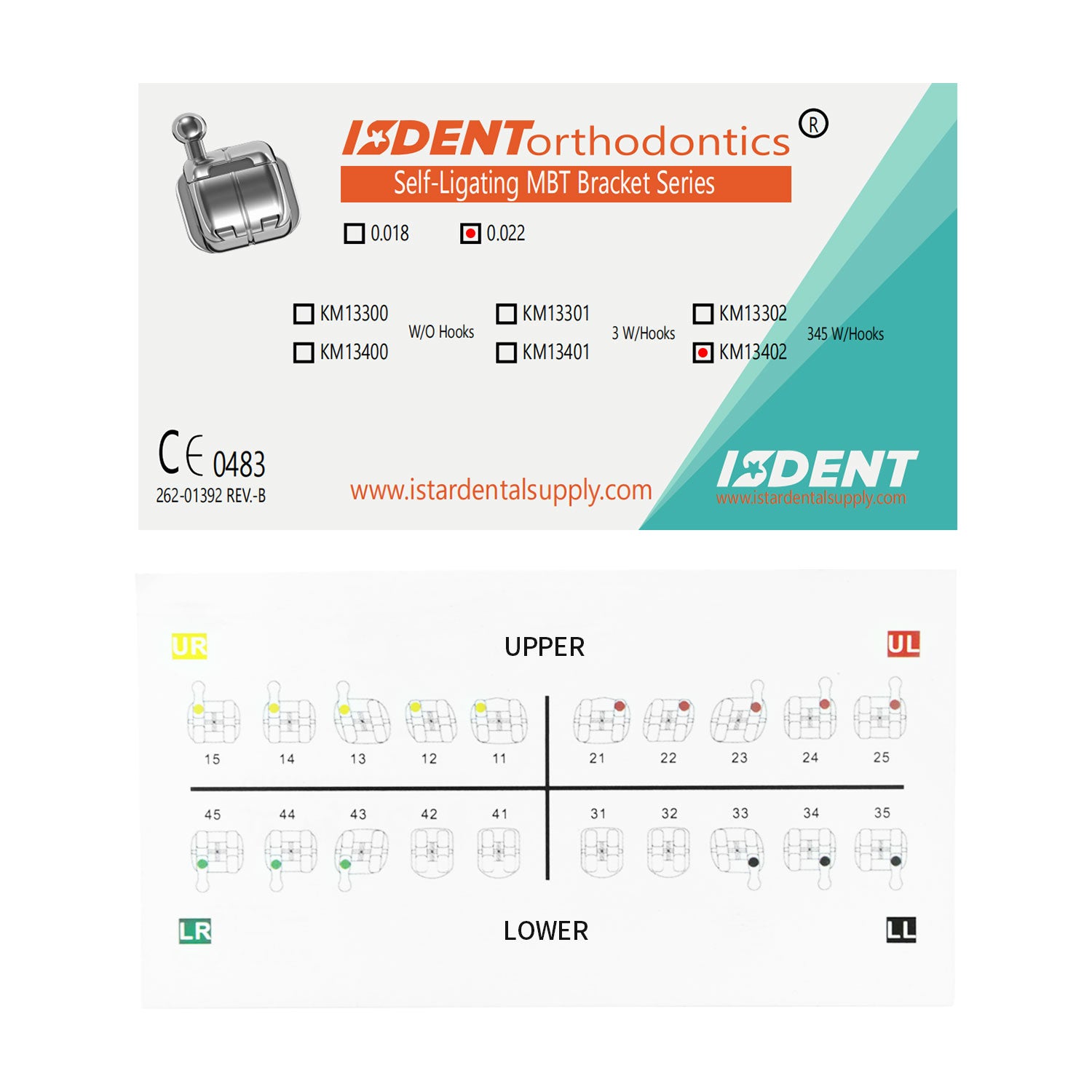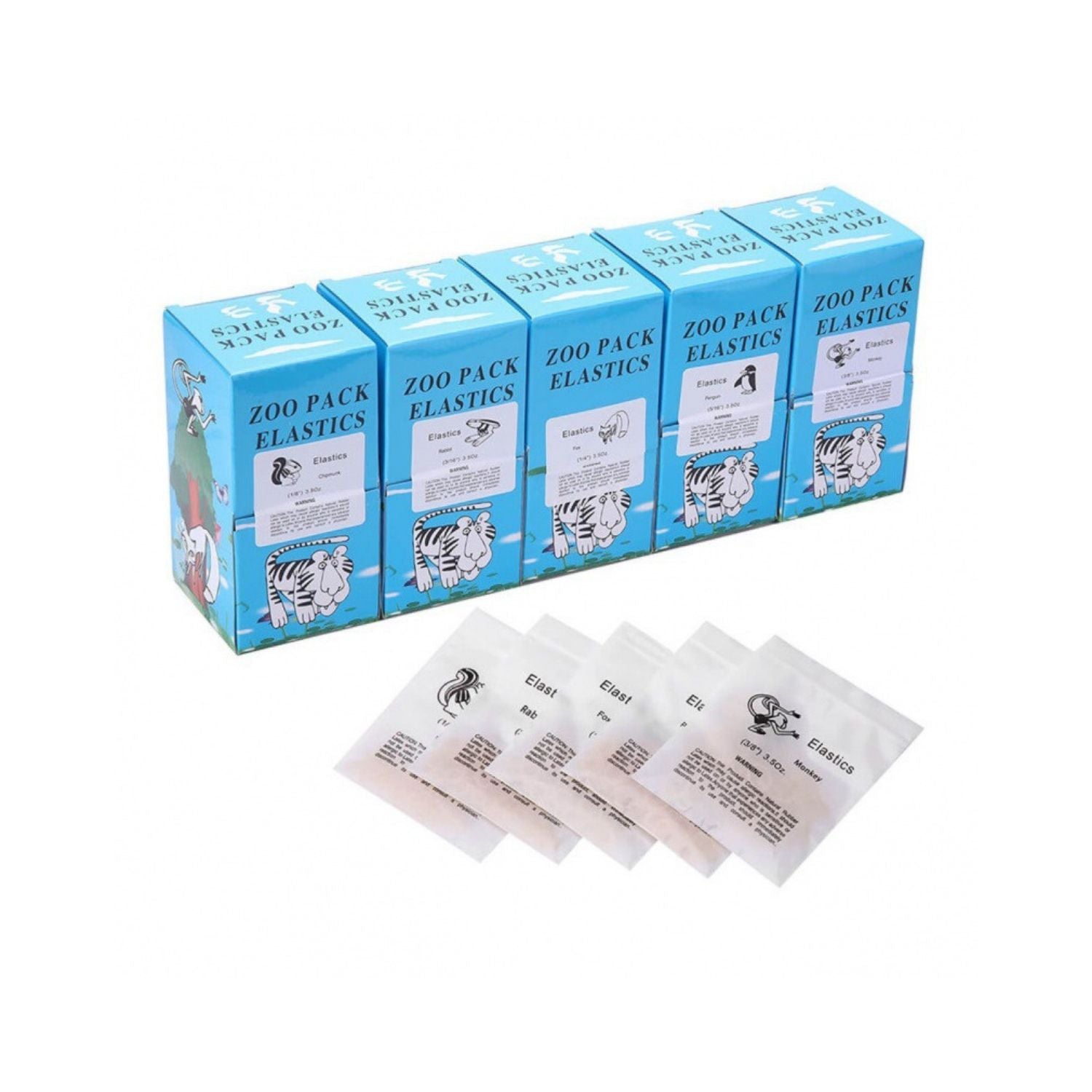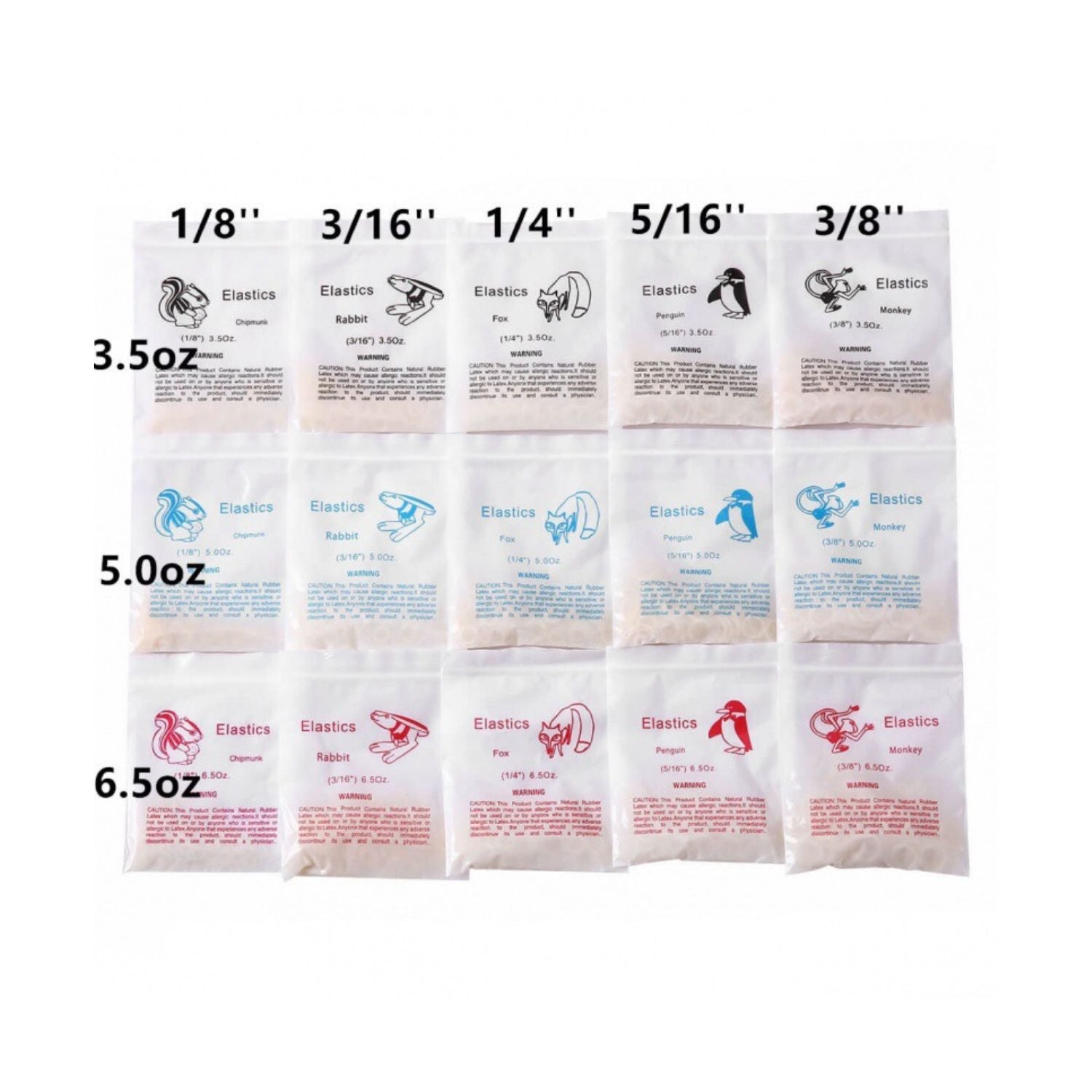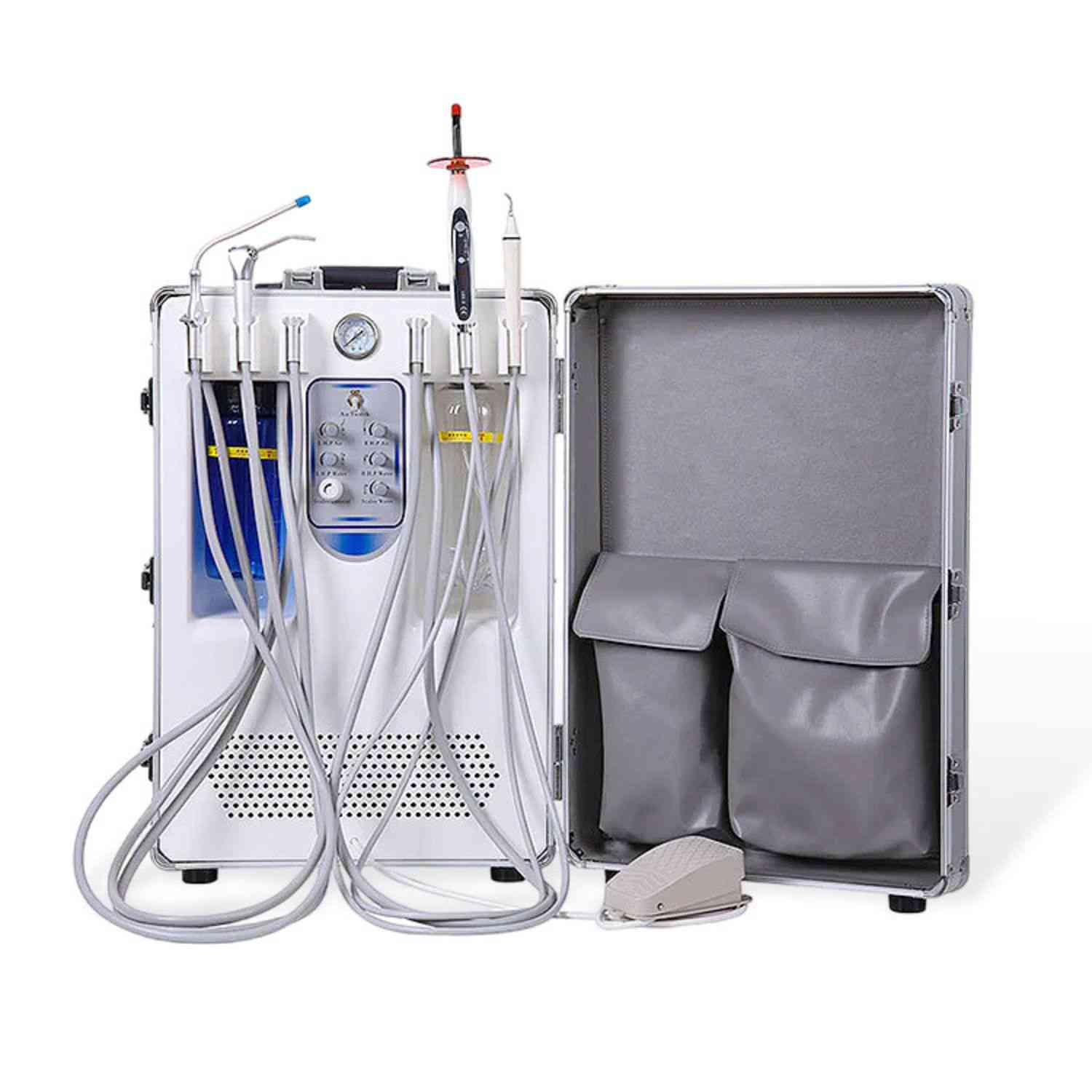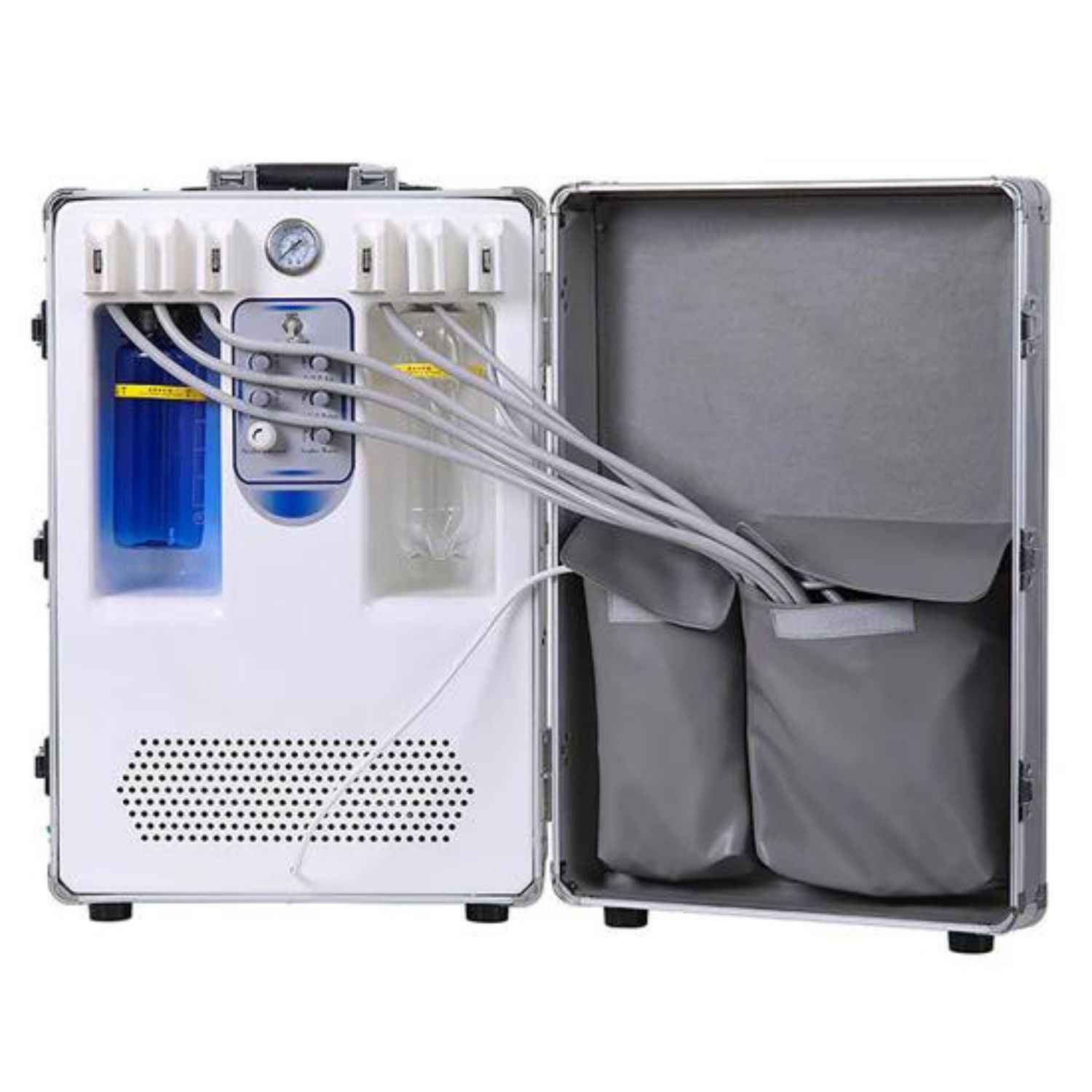What is CBCT in Dentistry - A Simple Guide
Introduction: Why 3D Pictures Help Tooth Doctors
When you go to the tooth doctor, they need to see your teeth. Old tooth pictures were flat, like a drawing. New 3D pictures show all sides of teeth. They help tooth doctors see more. Think of it like this: a flat map shows streets, but a GPS shows hills and buildings too. CBCT is like a GPS for your tooth doctor!
What is CBCT?
CBCT stands for Cone Beam Computed Tomography. That's a big name! It means a special camera that takes 3D pictures of teeth and bones in your mouth.
How It Works
- You sit in a big chair.
- A machine spins around your head.
- It takes lots of small pictures very fast.
- A computer makes these pictures into one big 3D picture.
- The machine uses a cone-shaped x-ray beam to take the pictures.
- It takes less than 30 seconds!
- The pictures have tiny bits called voxels that make the 3D image clear.
What CBCT Helps With
Putting in New Teeth
When you need a fake tooth put in your mouth, the tooth doctor must know:
- How thick your jaw bone is
- Where the nerve canals are
- The best spot to put the new tooth
CBCT shows all this! This helps make new teeth work 95% of the time instead of only 85% with old pictures.
Root Work and Braces
CBCT helps tooth doctors see:
- The shape of tooth roots
- Hidden teeth stuck in gums
- If your face bones are even
It finds 97% of cracked roots that old pictures miss.
More Than Just Teeth
CBCT also helps with:
- TMJ (jaw joint) problems
- Making room for teeth by lifting the sinus
- Finding lumps or bumps
- Checking after you hurt your face
Is CBCT Safe?
CBCT uses x-rays like regular tooth pictures. But CBCT has:
- Less radiation than big hospital scans
- 10 times less than a medical CT scan
- More than old tooth pictures
Tooth doctors follow the ALARA rule: "As Low As Reasonably Achievable." This means they only use CBCT when you need it.
CBCT is not good for:
- Babies still growing in mom's tummy
- Getting too many scans too fast
- Very small kids (unless really needed)
What Happens When You Get a CBCT Scan
| Step | What Happens |
|---|---|
| 1 | You sit in a big chair |
| 2 | Take off metal things (earrings, necklaces) |
| 3 | The machine spins around your head (it won't touch you) |
| 4 | Stay very still for 10-30 seconds |
| 5 | The scan is done! |
After the scan, your tooth doctor can look at your teeth, bones, and mouth in 3D on a computer using special tools like SimPlant or 3Shape. CBCT costs between $100 and $500 depending on why you need it.
Good Things and Not-So-Good Things About CBCT
Good Things
- Very clear pictures
- Helps tooth doctors know exactly what to do
- Makes special plans just for you
- Finds problems early
Not-So-Good Things
- Costs more than old pictures
- Doesn't show soft parts well (like gums)
- Sometimes finds things that look scary but aren't
How to Find a Good CBCT Place
When looking for a place to get a CBCT scan, check that:
- They have machines that are FDA approved
- They work with special picture doctors
- They use the right settings for what you need
Some good CBCT machines are Planmeca ProMax® and Carestream CS 9300.
Questions People Ask
Is CBCT safer than a regular CT scan? Yes! CBCT uses much less radiation than hospital CT scans. It's about 10 times less.
Can kids get CBCT scans? Yes, but only when really needed. Tooth doctors are extra careful with kids and only use CBCT when the good it does is worth it.
How often do I need CBCT for new teeth planning? Most people need just one CBCT scan before getting new teeth put in. You might need another one if there are problems or many years pass.
Why CBCT is Cool
CBCT helps tooth doctors see your teeth and bones in amazing 3D! It's like giving them 3D glasses to see inside your mouth. More than 25% of tooth doctors in America now use CBCT. This number grows every year because CBCT helps make dental work better and safer. When tooth doctors use CBCT for putting in new teeth, the new teeth work well 95% of the time. That's better than the 85% success rate with old pictures
Different Uses for CBCT
CBCT is super helpful for many mouth problems:
- Finding hidden teeth: Sometimes teeth hide under your gums. CBCT finds them 89% better than flat pictures.
- Root canal work: Tooth doctors can see all the tiny paths inside your tooth roots.
- Broken jaw bones: After you get hurt, CBCT shows all the broken parts.
- Checking before pulling teeth: CBCT shows if teeth are too close to important nerves.
- Looking for extra problems: 22% of CBCT scans find other issues that nobody knew about
CBCT Safety Facts
CBCT uses x-rays. The amount you get is measured in μSv (microsieverts). Here's how CBCT compares:
- CBCT scan: 19-98 μSv
- Flying in a plane (across the US): about 40 μSv
- Regular tooth pictures (18 of them): about 85 μSv
- Medical CT scan: 200-1,800 μSv
This shows that CBCT uses more x-rays than regular tooth pictures but much less than big hospital scans.
How CBCT Saves Money
Even though CBCT costs more at first ($100-$500), it can save money later! When tooth doctors use CBCT:
- They make fewer mistakes
- You need fewer do-over visits
- You save $1,200-$2,500 by not needing to fix problems
That's like buying one ice cream now to save buying ten ice creams later!
The Future of CBCT
CBCT keeps getting better! New machines:
- Use less x-rays
- Take pictures faster
- Make clearer 3D models
The CBCT market will grow to $1.2 billion by 2030 because more tooth doctors see how helpful it is.
Conclusion
CBCT helps tooth doctors see your teeth and bones in amazing 3D! This helps them fix your teeth better. CBCT:
- Takes fast 3D pictures
- Shows all parts of teeth and bones
- Helps with many tooth problems
- Uses less x-rays than big hospital machines
Next time your tooth doctor says you need a CBCT scan, you'll know what it is and how it helps!



